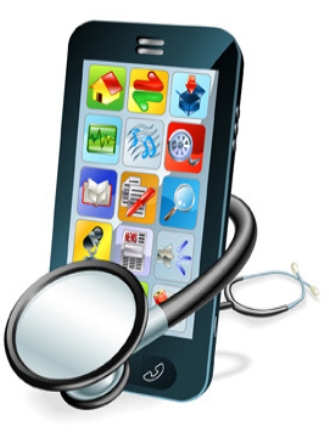FDA Enforcement Letter: Preview of US mHealth Regulations?
有任何问题?向我们的专家获取相关信息
联系我们2013年 5月 28日
The US Food and Drug Administration recently issued a letter to Biosense Technologies, developer of the uCheck Urine Analyzer mobile medical application, stating that the firm’s product qualifies as a medical device and must have 510(k) clearance in order to be sold in the US.
The uCheck app is designed to read urine analysis dip sticks via smart phone camera. In its enforcement letter, the FDA argued that the Biosense app as well as any mobile phone used to analyze urinalysis results together function as an “automated strip reader”—in other words, as a medical device requiring 510(k) premarket notification.
As mobile medical device developers await final guidance from the FDA on how their products will be regulated, the Biosense letter could prove an indicator of the regulator’s broader approach to mobile medical app oversight. MobiHealthNews and the FDA Law Blog both note the Biosense letter‘s importance as a potential preview of how the FDA will enforce compliance for medical apps.

Writing for MobiHealthNews, attorney Bradley Merrill Thompson argues that the Biosense letter actually provides more clarity for high-risk medical app developers in terms of FDA compliance, and helps answer one of the bigger regulatory questions—whether and how smart phones or other mobile devices fall under FDA oversight. Furthermore, Thompson argues that lack of major enforcement efforts at the FDA thus far has actually hurt developers of higher-risk medical apps as these firms have little idea of how US regulators will treat their products.
At the FDA Law Blog, attorney Carmelina Allis suggests the letter shows a continued case-by-case enforcement method at the FDA regarding medical apps rather than a more aggressive across-the-board enforcement approach—at least until the FDA makes its final guidance known.
Obviously nothing would clear up questions about FDA regulation of mobile medical apps faster than publication of final guidance, but in the meantime the Biosense letter—if we take it as an indication of the FDA’s overall enforcement plan for mobile medical apps—suggests a not-unreasonable regulatory approach. Still, although suggestions are helpful at this point, certainty in terms of compliance would go much further to help the mHealth and mobile medical app industries develop more innovative and mature products.
作者
- Stewart Eisenhart